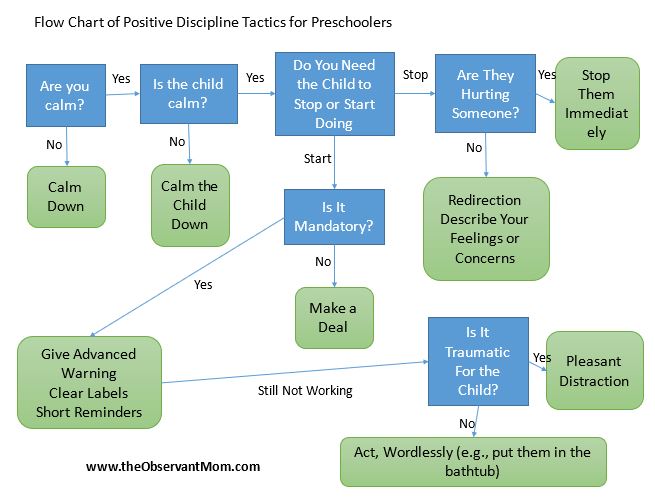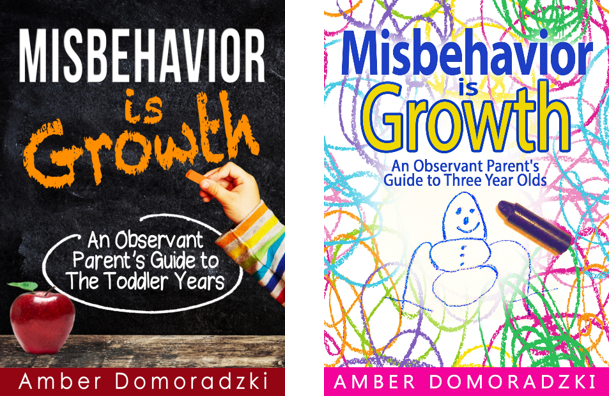A friend asked me once to put together a very short, one-page explanation, with tools, to explain to people how to deal with children without punitive measures. Well that’s hard to do but here is my attempt.
In my opinion, the number one determining factor is attitude. How do you see the child? Are they constantly annoying you and bound to mess everything up? Or do you see them as a delightful creature who probably wants to do what is right and cooperate but just needs some guidance? If you have the latter attitude, you are bound to succeed. It changes the tone of your voice in your requests. It will help your child do as asked on a level you might previously thought was impossible.
The second most important thing are emotions. Yours and theirs. Yours need to be under control (see the first point). If a child is wildly upset, nothing can be taught or learned while they are in this distress. If a child is upset, the emotion must be dealt with first.
Now with everyone calm and optimistic, you can think of ways to teach, coach, and mentor your child. The goal always is to raise their understanding, not gain obedience. What can you do to make it utterly clear what it is you want your child to do? For example, I once had a problem that my child kept running away from me when getting to the van, and I couldn’t chase him, because I had too many bags and an infant. I brought chalk and wrote a big “X” where I wanted him to stand. It worked. They need very clear, strong guidance like this if you want them to cooperate. Your job is more coach than drill sergeant. You teach and coach and teach and coach and engage and forgive and pick them up when they fall and teach and coach some more.
But what about when they are wild and out of control? When a child is out of control, you do something immediate and hands on. If they are hitting, you immediately stop them. You don’t nag or beg. It has all of the “effectiveness” of spanking because it is hands on, but you embrace them in a hug rather than hitting them. And you deal with the emotion, in a big, exaggerated way. This approach is far from passive or negligent. After they are calm, you go back to teaching and coaching.
At all times, you go towards the child not away. You love them instead of turning your back on them. It is about presence. If we accept that we have to be a constant loving presence, we can accept our role and do it more joyfully.
It’s true this doesn’t cover every situation possible. I added “Surviving” and “Thriving” sections to the milestones at my website, TheObservantMom.com. They are targeted tools by age attached to the developmental stages that children go through. My goal is to write a tool that takes 30 seconds to read that is targeted to the age your child is and the problem they are going through. Please check them out!
This was my attempt at a flow chart of what tool to use when for the preschool years. This applies from around 3 years, 3 months until 5, and summarizes the essence of what I am trying to say in this article. Bits and parts of it become possible during the toddler years. Bits and parts become ineffective some time in the late 4s. By 5, a child can be quite reasonable and such “tools” aren’t as needed.
This chart does have on flaw though. Can you spot it? I will add what it is in the comments.

Misbehavior is Growth
I quite think I may update my book on Toddlers to include this chart in a 2nd edition, of which I plan on releasing in 2021. This is quite what I did when I dealt with young children’s meltdowns.
And my book on Three Year Olds is quite in the spirit of this post. It’s in our attitude that we do our best parenting.


Amber documents the age-related stages children go through. Send your friends to www.theobservantmom.com
If a child is hitting, they should be stopped immediately, even if you aren’t calm yet.